Rayburn-Purnell Woods
Introduction
Text-to-speech Audio
Images
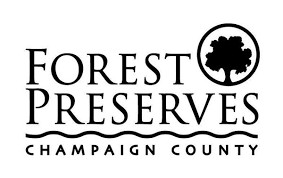
Rayburn Barn
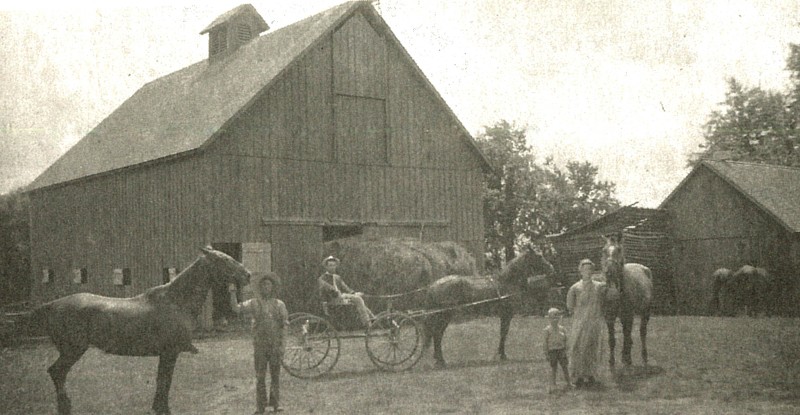
Laura Rayburn and Charles Purnell
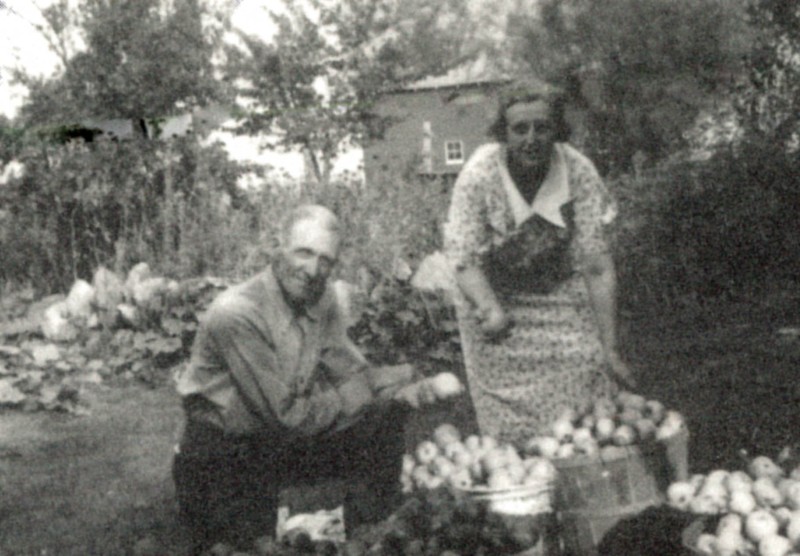
John R. Rayburn’s son, R.G. became a banker in Mahomet and had significant landholdings. R.G. Rayburn’s daughter, Laura married Charles Purnell and the land passed on to their Purnell children who eventually sold it to the CCFPD, hence the name, Rayburn-Purnell Woods.
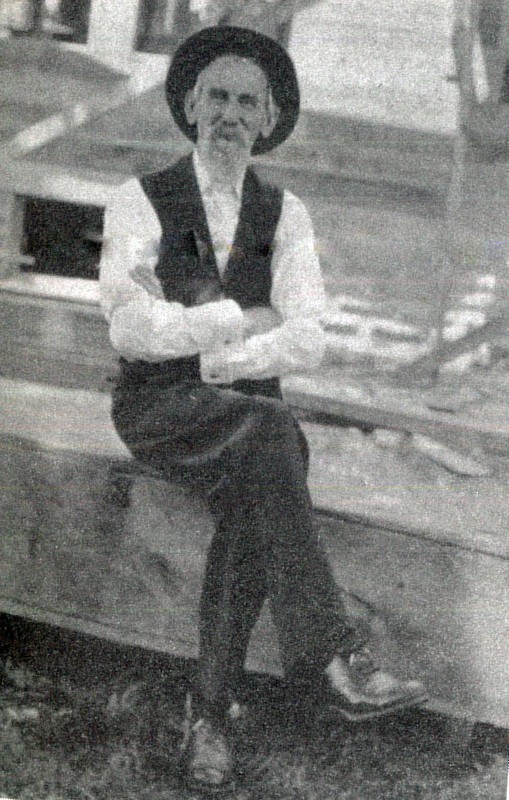
Rayburn, his wife and ten children and two other families brought 7 covered wagons over the National Road from Chillicothe, Ohio. A 1911 Champaign Daily Gazette article said, “The trip from Ohio was made in 10 days, the party arriving here on October 15, and enroute only sixty cents worth of bread was purchased, as the women made pancakes and biscuits.”
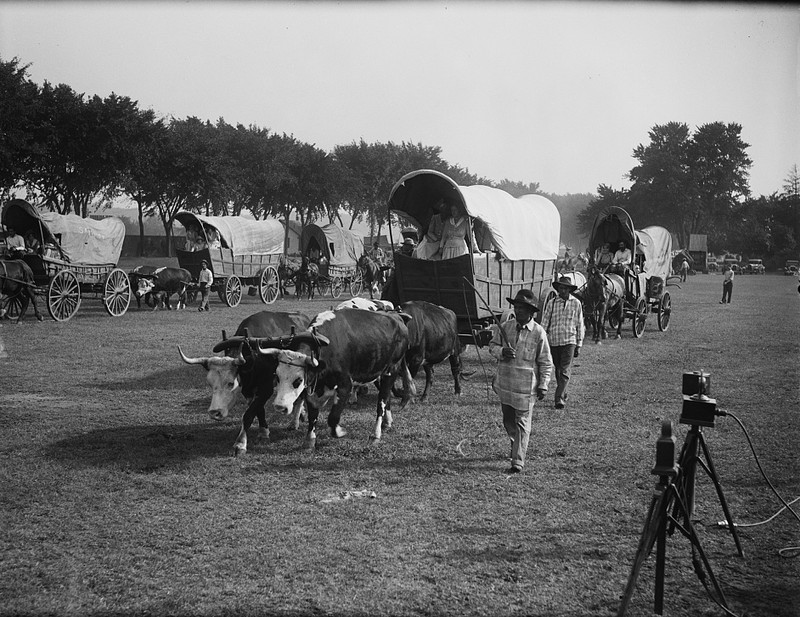
Prescribed Burn at Rayburn-Purnell Woods
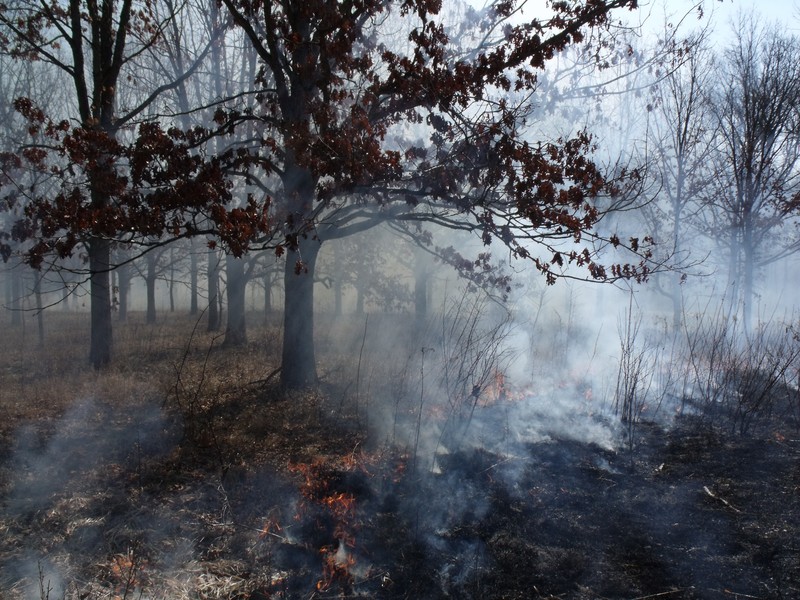
Backstory and Context
Text-to-speech Audio
Forests like the Rayburn-Purnell Woods originally covered 40% of Illinois, while the other 60% was open prairie. Providing shelter from the wind and sun of the open prairie, these forests were important to the early pioneers who traveled through Illinois. These forests were important to Native Americans and settlers because they provided shelter from the wind and sun of the prairie, as well as food, wood, and other resources. Some of the trees in Rayburn-Purnell Woods are believed to be over 175 years old!
The land was designated as a “woodlot” in the early 1900s for the purpose of providing lumber and fuel for woodstoves. Because it was set aside, it has never been farmed, and so many of the original wildflower species still grow here.
The Rayburn-Purnell Woods is an excellent example of an old-growth oak-hickory upland forest. This woodland was acquired by the Forest Preserve District from the Purnell and Rayburn families of Mahomet in 1969, and after being acquired by the Forest Preserve, it was named after those families of Mahomet, who previously owned the land.
